DISPATCH FROM: Sicily
📮 Bit of archaeology, bit of the Baroque, more than a bit of Mediterranean inspiration
The second edition of ‘Dispatch from’ comes to you after an Easter spent in Sicily
꩜꩜꩜ This email is likely too long to read in your inbox - open the post in a web browser to read the entire thing!
My partner and I just got back from 5 days spent meandering around south-eastern Sicily, a holiday booked in the depths of January when sun was scarce and a late April Easter long-weekend felt too good an opportunity to pass up.
I have been to Sicily once before - part of a month-long solo Italian adventure undertaken while studying abroad in London. That adventure started in Malta and I actually ferried up to Sicily to spend some time in Syracuse before continuing my solo trek from south to northern mainland Italy.
Which is to say, my budget and ambitions were slightly different this time around. With a bit more time and a bit more money (not to mention the 24ºC days forecasted), this trip promised to be a worthwhile return.
So - Will and I flew into Catania, rented a car, and spent this past weekend driving around the south-east of Sicily, stopping at any and all archaeological sites that caught our eye, eating some incredibly long lunches, and attempting to parse the dense history of an island that has changed hands many, many times.
Below are a few pieces of that history that caught my eye…
Sicilian Baroque
Sicily is replete with impressive architecture - name a architectural style, Sicily probably has some. Greek? Check. Roman? Yup. Islamic? You bet. Norman? Plenty… you get it. The complex history of Sicilian conquest and reconquest means that Sicily became a microcosm of wider Mediterranean and European architectural tastes. These styles have been layered one on top of the other, often creating a architectural palimpsest in a single town or city. Go to Palermo, for example, and you’ll find Norman churches built on Roman foundations employing Fatimid architectural styles and Byzantine decoration.
In the south-east of the island, however, one architectural style is shockingly standard - the Sicilian Baroque.
Sicilian Baroque is a particular form of Baroque architecture prominent in the 17th and 18th centuries when Sicily was part of the Spanish Empire. Now, Baroque architecture more generally was an architectural style that featured highly decorative and theatrical elements. Originating in Italy, its popularity in the late 16th and 17th centuries was the result of the Catholic Church who doubled down on the Baroque style in response to the Reformation and the Protestant church. Where Protestants wanted self-reflection and austerity, the Catholic Church wanted wonder and awe (and sooooo many putti).
The style is so strikingly congruous in south-eastern Sicilian towns because of a massive earthquake in 1693 and the subsequent rebuilding that followed. The earthquake flattened towns in this south-eastern region, meaning there was the scope and space to rebuild in a single, in-vogue architectural style - the Baroque.
We ended up spending a day driving and visiting a handful of these Baroque towns making stops in Noto, Modica, Scicli and Ragusa. Scicli was a particular favourite - quiet at 4pm on a Saturday with only the local nanni holding fort amongst the Baroque buildings.
Next, a short break to hear from our advertisers
By advertisers, I mean the physical signage and advertisements that kept catching my eye wandering the aforementioned Sicilian towns. I love noticing everyday design details and signage is no exception. And the signs in Sicily were an absolute delight.
I found that the lettering, style, and composition often felt very Art Deco. Off-kilter spacing and exaggerated shapes making something simple feel completely unique.
Upon googling the history of advertising and signage in Sicily, I came across The People’s Graphic Design Archive which includes an archive of Sicilian advertising posters. The posters were commissioned by ENIT, Ente Nazionale Industrie Turistiche (National Tourist Industry Board) which was founded in the wake of World War I to promote tourism to Italy. I’ve included a few examples below of places we visited this past weekend… I’m particularly fond of the Agrigento poster, classical archaeology meets Epcot anyone?
And what would a Sicily trip be without some archaeology?
As mentioned, Will and I also made time for quite a few archaeological stops on our Sicilian tour. We met at Oxford while both studying classical archaeology and while we have both since given up our academic pursuits, we are very much still archaeological freaks at heart.
The big hitters this trip were the Valley of the Temples at Agrigento, Morgantina, Ortigia and, perhaps most excitingly, the Villa Casale at Piazza Armerina.
While the Villa Casale likely won’t mean much to most of you, perhaps what you will recognise is the famous mosaic of Roman girls in what look like modern-day bikinis.
These girls are, yes, at the Villa Casale – Romans, they’re just like us! What’s really going on here is a representation of the ancient women’s pentathlon which included (from top to bottom clockwise): long jump (the baby weights are to help create momentum when jumping), discus throw, running, a ball game, and (skipping the winning woman holding the palm frond) some kind of wheel spinning sport.
The women’s skimpy attire, consisting of a bottom subligaculum and a strophium or breastband, was entirely functional. Less clothing allowed for movement and breathability in the hot Mediterranean climate. Think loincloth but for the girls.
However, the bikini girls are not the only highlight of the Villa Casale. The villa is both an architectural and artistic wonder, enormous in scale and mind-numbing in decoration.
The villa was constructed in the early 4th century AD and features a complex architectural schema with multiple apsidal halls and entertaining spaces (15, 28, 31, 33, 36), leisurely open air porticos (2, 13), a giant basilica hall (43), a large bath complex (7, 8, 9, 10) - alongside the many, many other rooms of the villa.
Perhaps most impressively is the fact that every single one of these spaces was decorated in mosaics, covering some 3,500 m2 or about half a professional soccer pitch. The mosaics are the finest and most comprehensive mosaics in situ anywhere in the Roman world being so well preserved due to a landslide and floods that covered the villa’s remains.
I was absolutely awestruck by the Villa Casale - and that’s speaking as someone who has seen a lot of Roman villas. Wandering around the site reminded me that true wonder is a rarity in day-to-day life and that when you do experience it, you should mark it, remember it. Perhaps this post is that memorial.
Experience the villa also reminded me that I am still my 18-year-old self, dumbstruck by the scale, the complexity, and the grandeur of the classical world. And even if I translate a bit less Latin now, it is reassuring to find the same joy I did a decade ago.
Finally, a Sicilian Substack shoutout
One of the highlights leading up to this trip to Sicily was preemptively exploring the island via one of my favourite writers here on Substack, Mia Frances. Her Substack, settearciate explores her life as “a 28 year old living in a medieval village in the mountains of abruzzo, italy. stories of bees, flowers, food, rituals, travel and town gossip might be included.”
What her Substack really is is magic. The way Mia talks about the land on which she lives and her far-reaching interests in all things natural is immediately entrancing.
In her past handful of posts Mia discusses her time spent in Sicily in 2024 at a gardening residency. In a two part series, Mia explores her introduction to enfleurage - a technique used to capture the volatile scent compounds that flowers emit - using Sicilian flowers to create perfume.
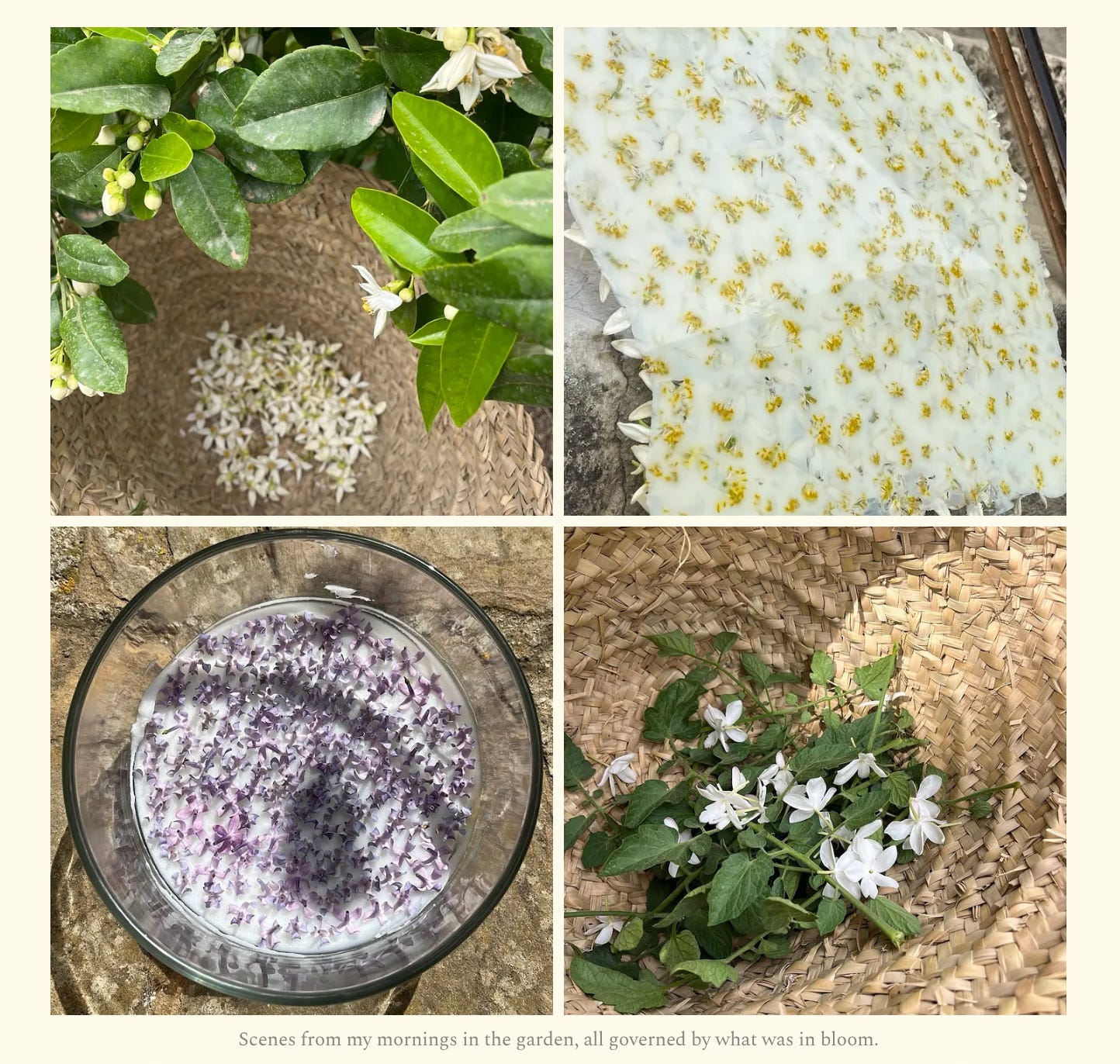
In another post, she discusses the wide-ranging and complex history of plants that have come to define the Sicilian landscape. Think citrus, pistachios, jasmine, tomatoes. A favourite piece of history Mia highlighted was the following archival footage of women harvesting jasmine in Catania in 1930.
If you want to go on a virtual Sicilian odyssey, I can’t recommend Mia’s writing enough. It has made me want to connect deeply to the food I consume, the plants I encounter, and the natural histories woven into the world around me. You can also follow Mia on Instagram!
That’s it for this week! ꩜꩜꩜Avery







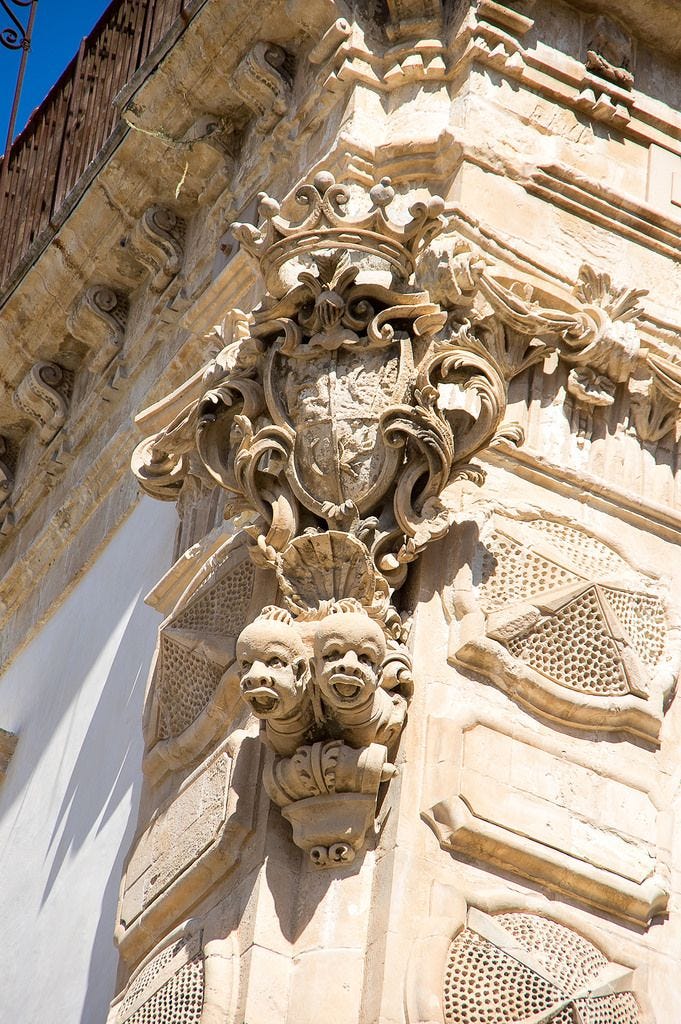
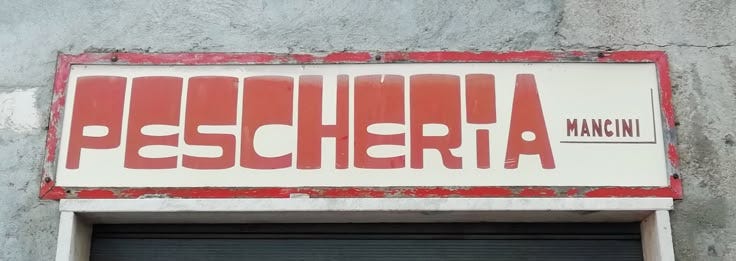
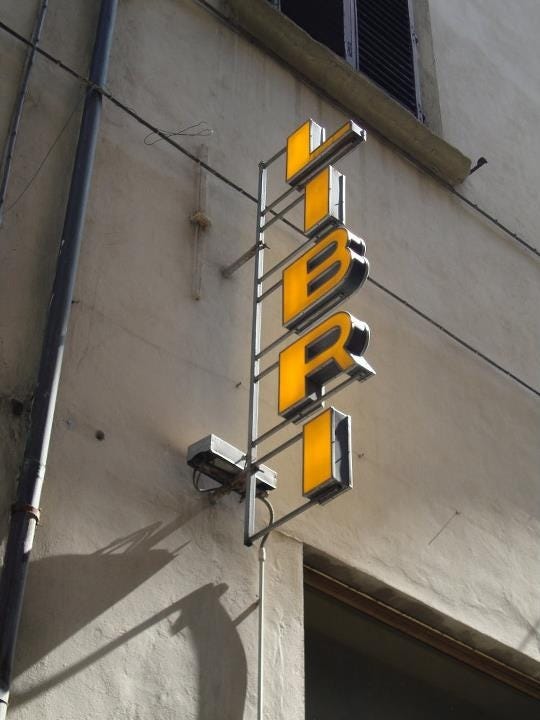
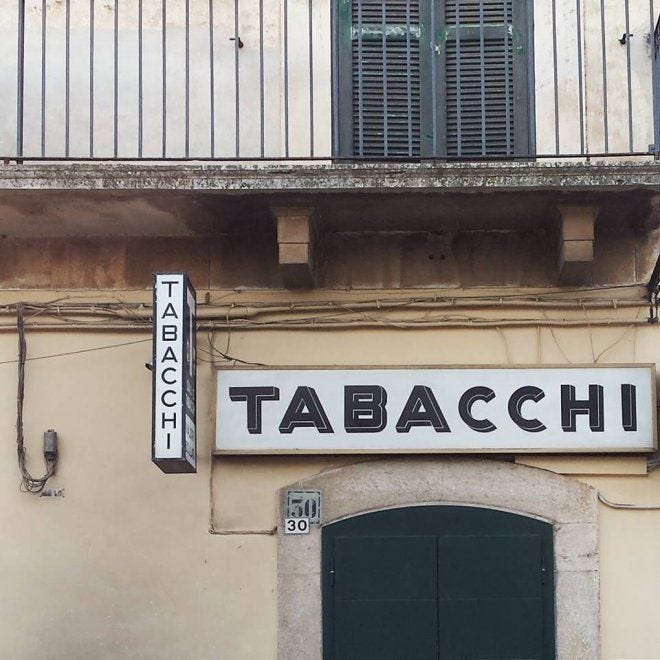
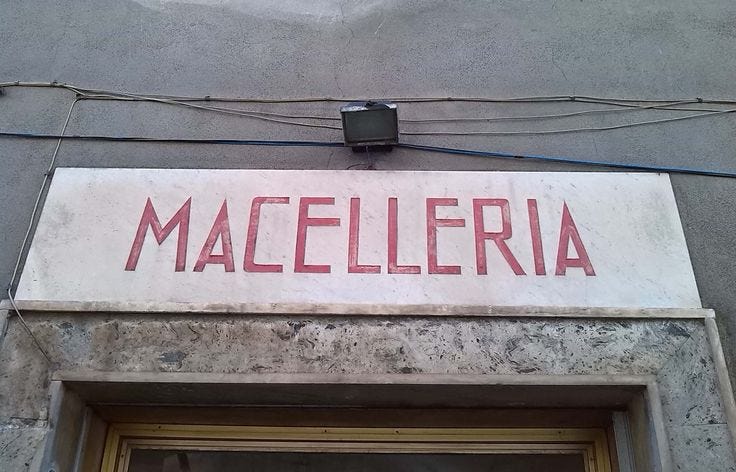

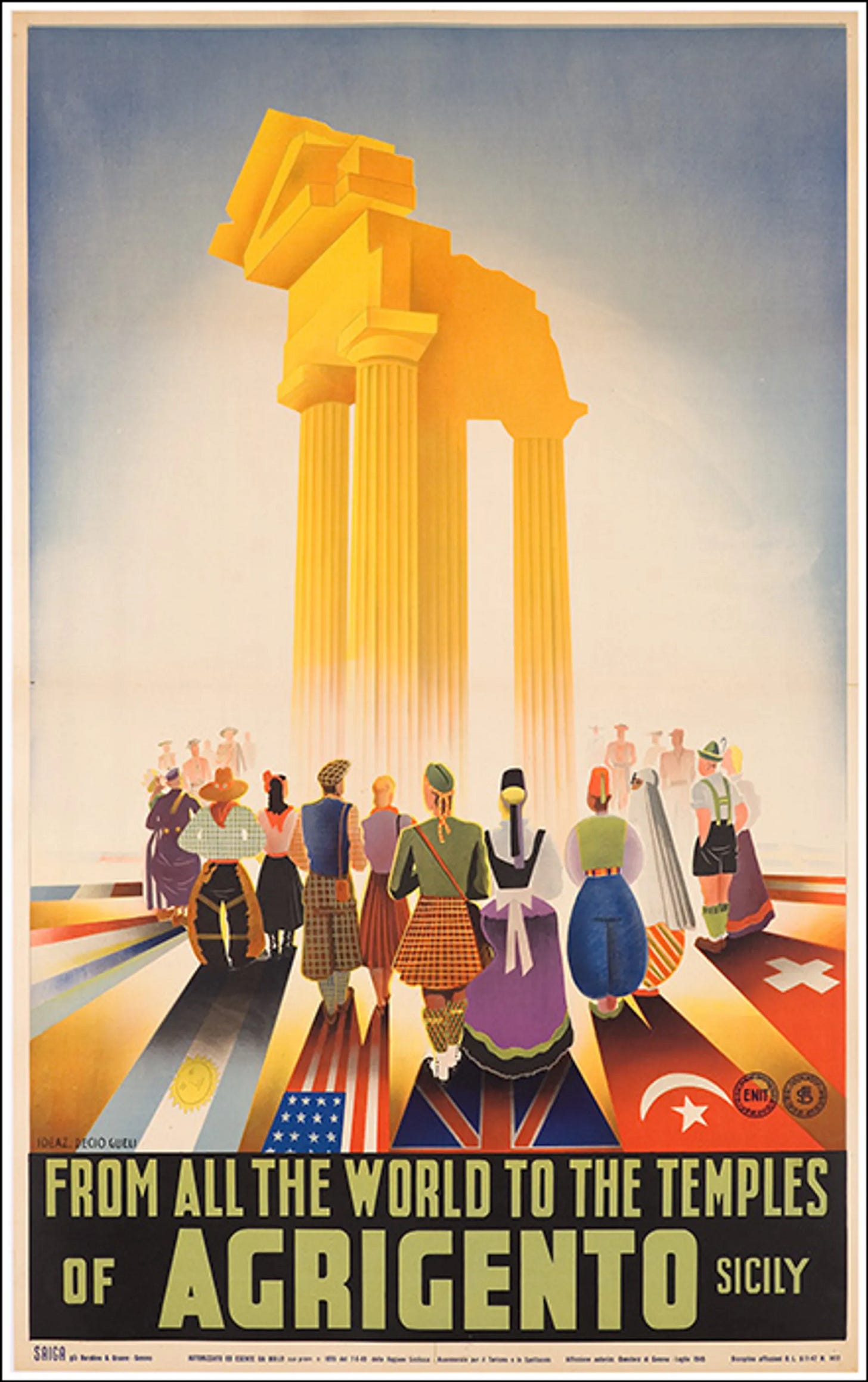
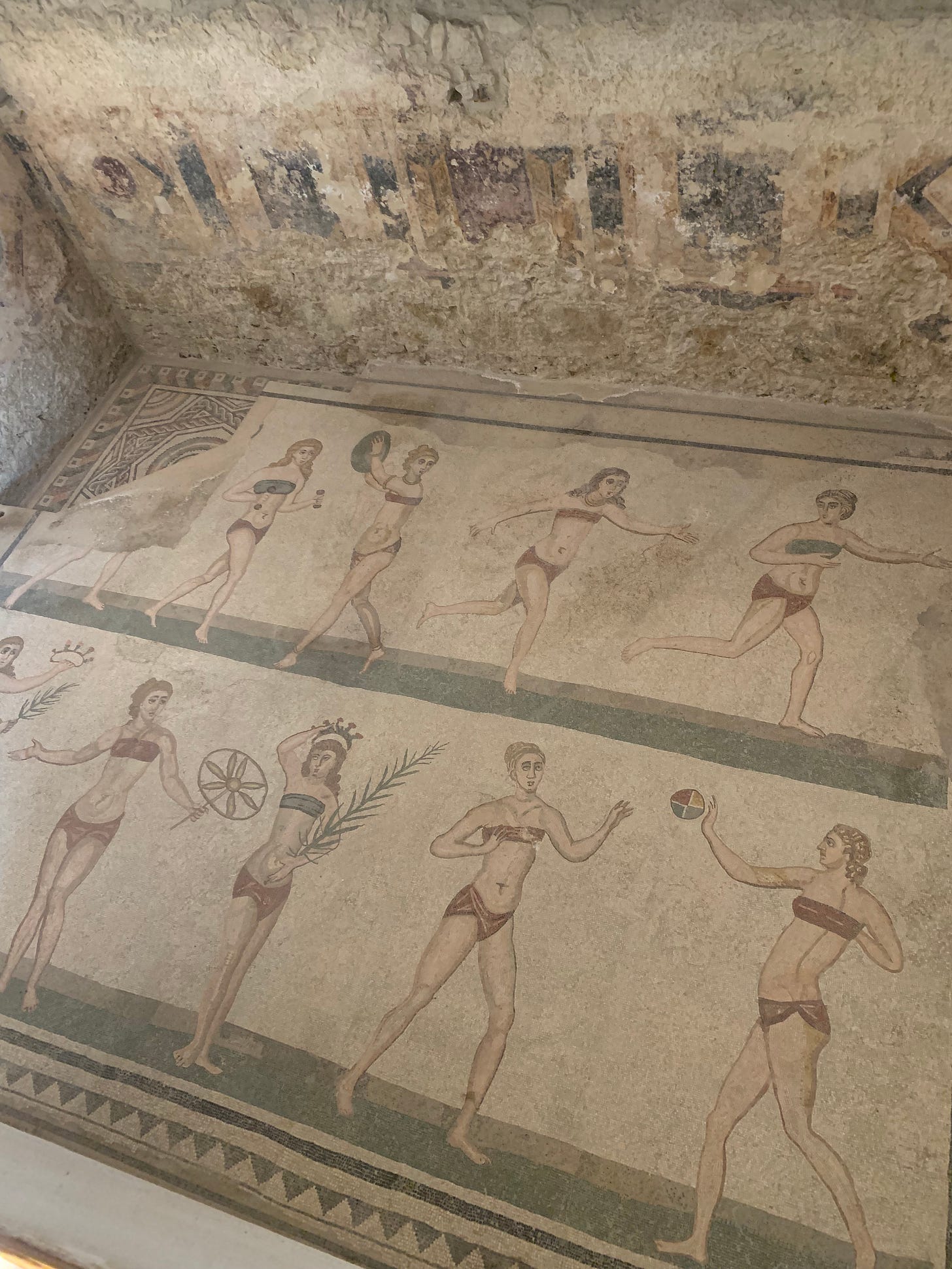
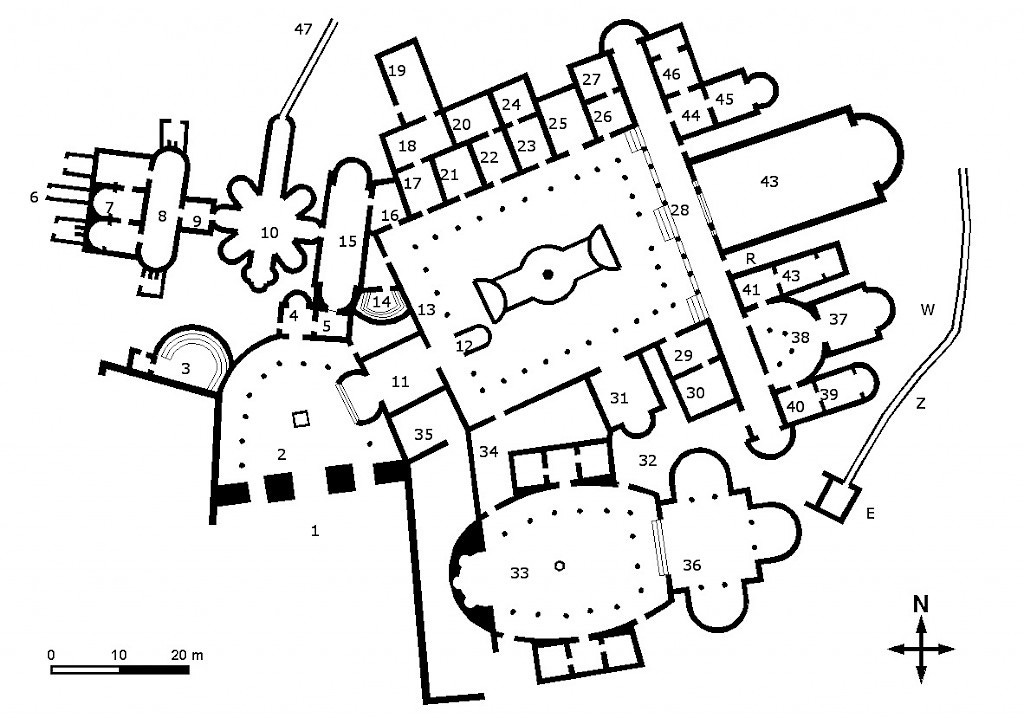
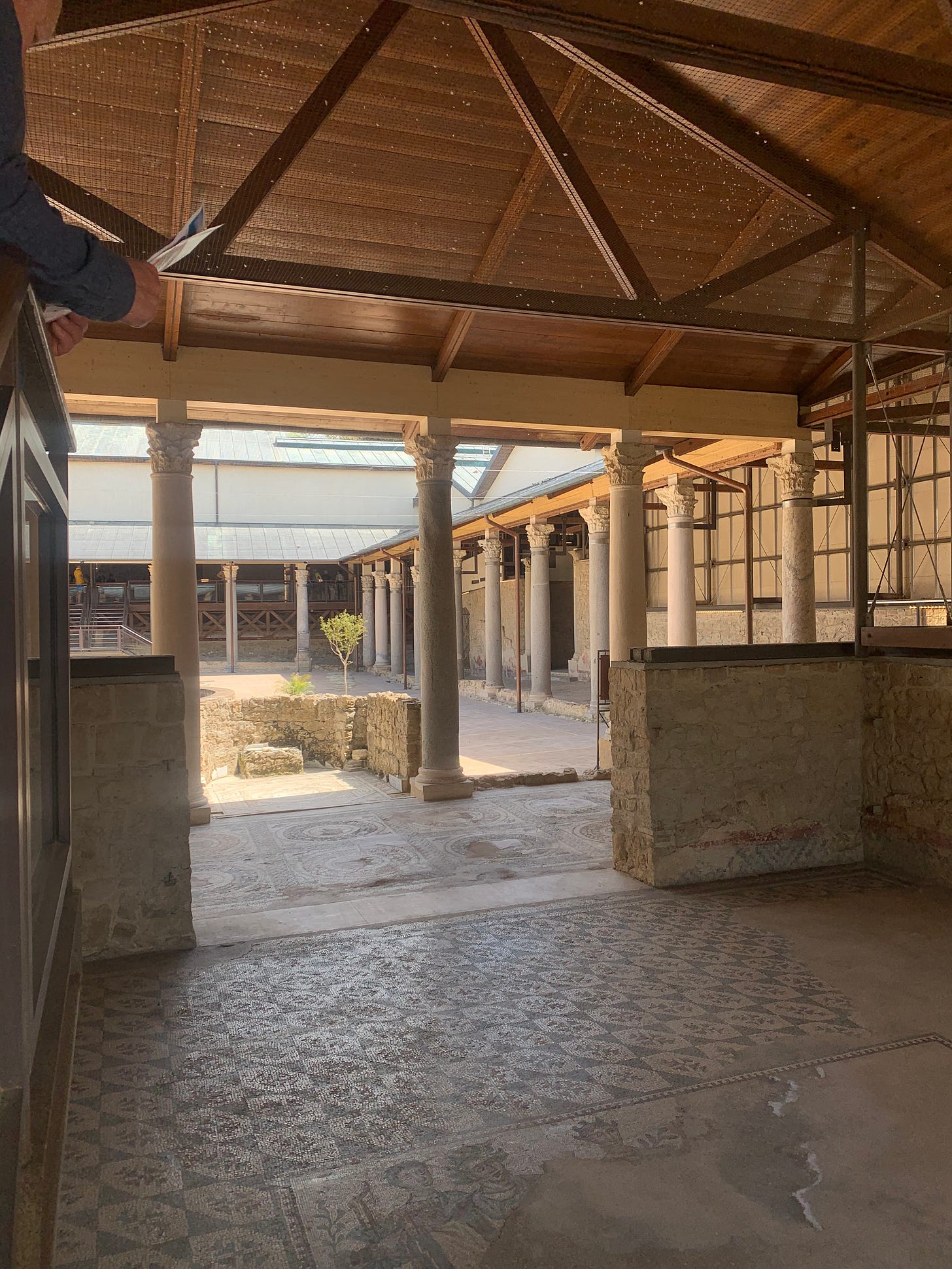




what a lovely trip and read — thank you so much for including me in your kind words. I am tickled to hear that you are enjoying my writing. will be waiting for a dispatch from abruzzo one day too!
I’m late to this but this was such a delicious read. I was in Sicily last summer and was struck by the ubiquity of the baroque — had never seen anything like it, and now I wish I could go back armed with everything I learned from this post!